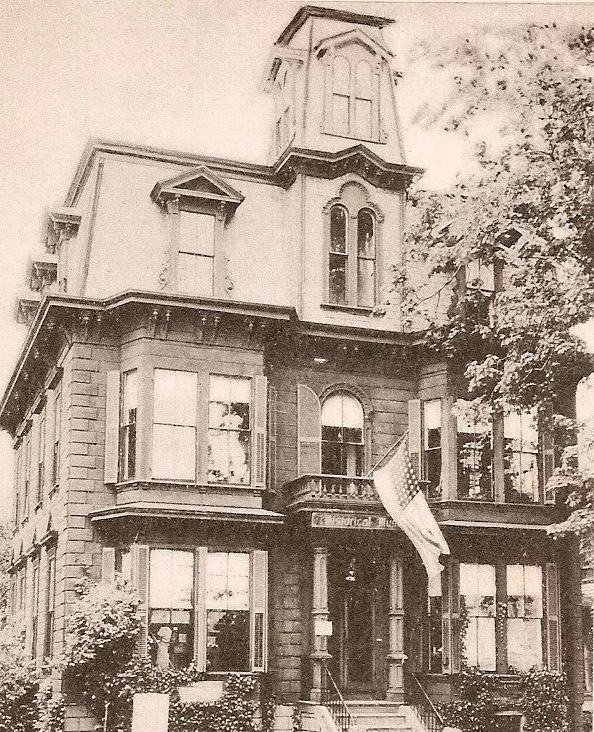Beneath The Surface
an Author Learns From His Characters
Of the many fantastic experiences that have occurred leading up to the release of The HomePort Journals, the greatest has been the opportunity to rethink my début novel through the impressions of others. It’s been a joy to connect with folks from around the world to share reactions and insights. In doing so—and to my great delight—I’ve had some revelations of my own.
As I’ve answered questions about the origins of the fantasy that is HomePort, I’ve come to realize the process of defining and delivering the novel had begun well before I set pen to paper. (Or fingers to keyboard, to be more accurate, if much less alliterative.) For all my planning and plotting, my characters told the tale, and they got up to a lot more than I realized.
I’ve recently been intrigued by the façades that permeate the book. The HomePort Mansion is an edifice—imposing, daunting, and built to impress. It was inspired by the photograph at the top of this blog, the Lancy Mansion on Commercial Street. This Provincetown landmark was coated with a mix of sand and adhesive that gave its wood sheathing the appearance of a brownstone. This novel approach brought the cache and luster of New York City to the little strip of sand that was Provincetown in 1874. (The recipe for the concoction was long searched for, but never found.) The grand façade of 230 Commercial still dominates despite conversion into shops and rental housing, though the faux-brownstone is buried beneath clapboards and an unfortunate addition.
In the case of Lola Staunton, who employs Marc Nugent when he escapes his abusive relationship, her façade is as intimidating as that of the family mansion she inherited. Marc hides his disillusion and fear behind the guise of a “wannabe” writer, solitary and profound, while Cole, the man Marc is drawn to, merely broods and never discusses his past. Lola’s estranged, childhood friend, Dorrie Machado hides a generous, loving heart behind her gruff, expletive-laden manner, while Helena Handbasket, Lola’s cross-dressing housekeeper is so afraid of letting down her barriers that no one has ever seen her—or better said him—out of drag. Helena’s greatest fear is if she presents herself as he truly is no one will like what they see. So she survives by being a sort of chameleon; if someone doesn’t like the way she looks, she can fix that in no time.
And then there’s Provincetown itself. For those of you who are familiar with P’Town, you probably know its carnival atmosphere and raucous street scene. Yet within ten minutes’ walk from downtown’s hubbub it is possible to be completely alone on a magnificent, five-mile beach with only the sound of crashing surf. What you may not know is that Provincetown, too, is loathe to reveal what lies beneath its surface.
A dear friend and venerable P’Town author once told me that most old-time Provincetown people waited a minimum of five years before seriously befriending a newcomer. Apparently, any less time than that brought the risk that the person might not adjust to the long, lonely winter. Too many people had fallen in love with P’Town and then abruptly vanished to prematurely risk friendship for those “Townies” who were born there.
They say writing manifests the writer’s subconscious. The HomePort Journals has several diverse and complex characters—all hiding something—in a town once-described as “an onion,” comprised of multiple layers and a multitude of secrets, written by an author who apparently has something to hide.
What spawned my fascination with the world behind the façade? That’s the best question that has come out of this journey of introspection. Until now, I wasn’t aware of any great fascination with surfaces, I thought my life was an open book….
I guess not.
The HomePort Journals:
Now in a second edition
- A. C. Burch On Writing - December 15, 2017
- Join Me at the 2nd Annual Provincetown Book Festival Sept 15 & 16th 2017 - September 12, 2017
- Provincetown Heroes - May 28, 2017




Leave a Reply
Want to join the discussion?Feel free to contribute!